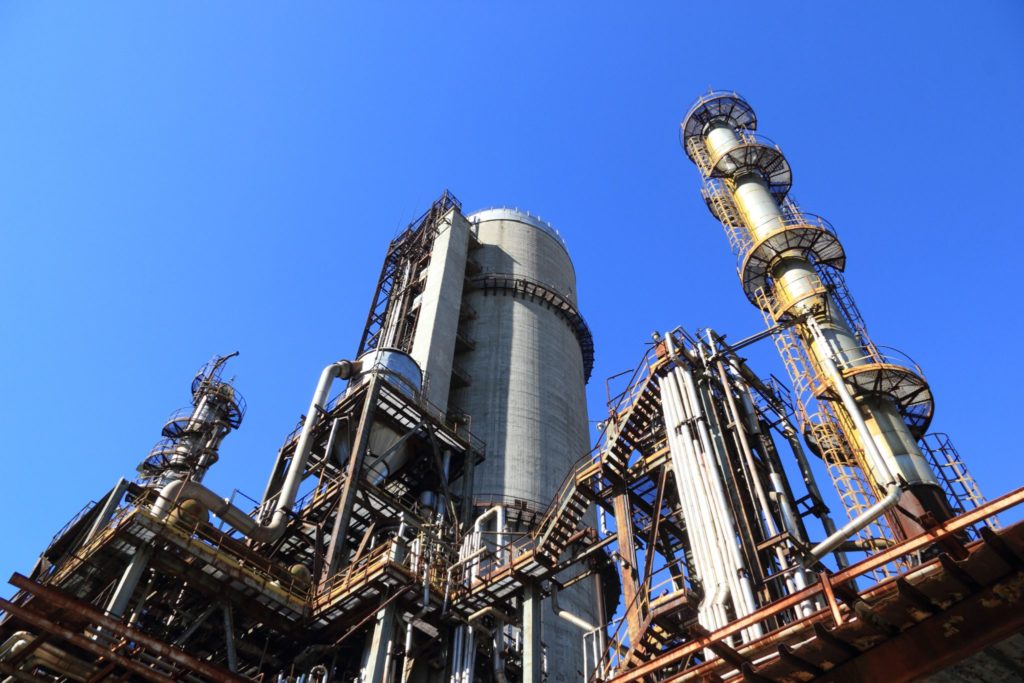Electricity’s role goes beyond just energizing homes and enterprises. Oftentimes, the stability of the power supply is linked to how fast an economy develops. When people have access to reliable power, this paves the way for ease of doing business, leading to economic growth, and, eventually, the improvement of lives.
There are various types of plants that help make sure the country gets its supply of electricity every day. These are baseload power plants, which address the demand for power on a regular basis, as well as peaking power plants, which come in when the demand for power fluctuates during peak hours.
In the Philippines, “peaking power plants” are better known as ancillary service providers. From the name itself, the country’s grid operator defines ancillary services as “support services necessary in maintaining the power quality, reliability, and security of the grid.” Its main function is to keep the balance within the system.
The country’s grid, which is the network responsible for delivering electricity from producers to consumers, is usually able to meet the demand on a regular basis. However, there are times when supply is less than forecasted such as when a transmission line bogs down or a generation facility goes under emergency maintenance.

Peaking power plants or peaker plants are facilities that generally run only when electricity demand is at its peak.
When this happens, peaking plants or “peakers” are switched on to fill in the gap and bring balance back to the system. These facilities are normally the last ones to be dispatched. Even so, peakers are crucial in ensuring the reliability of power within the grid.
Peakers generally run on natural gas, but in areas not supplied with this resource, facilities burn biogas or petroleum-derived liquids such as diesel oil and jet fuel, among others.
The role of peakers is often overlooked because of the nature of their operations, but energy systems across the globe will not be complete without them. There is no one type of power generation plant that is better than the other. Each one is built to fulfill a specific purpose which is necessary to keep everything running smoothly.
Peaking plants will play a crucial part in the next few years, as the Philippines transitions to a more sustainable energy system. According to the Department of Energy’s Philippine Energy Plan 2020-2040, the country aims for renewable energy to make up 35 percent of the nation’s power generation mix by 2030 and 50 percent by 2040.
With more support from the government and mounting pressure from the international community to address climate change, the appetite for renewable energy has never been greater. In the Philippines, however, RE development has a lot of catching up to do.
Fossil fuels remain to be the more economically viable choice at the moment. It is possible to have a more sustainable energy system, but this won’t happen overnight. The country will have to go through growing pains, especially with variabilities in power generation among existing RE models such as wind and solar, both of which are dependent on many external factors.
This is where peaking plants come in. As the country shifts to RE and deals with the challenges that come with this transition, peakers will help fill in the gaps to keep everything balanced. Various types of power plants will have to play their roles in order to reach the goal. Collaboration among the energy sector, government, and even civil society is also imperative. It will not be an easy journey, but it will all be worth it in the end.
Read more:

